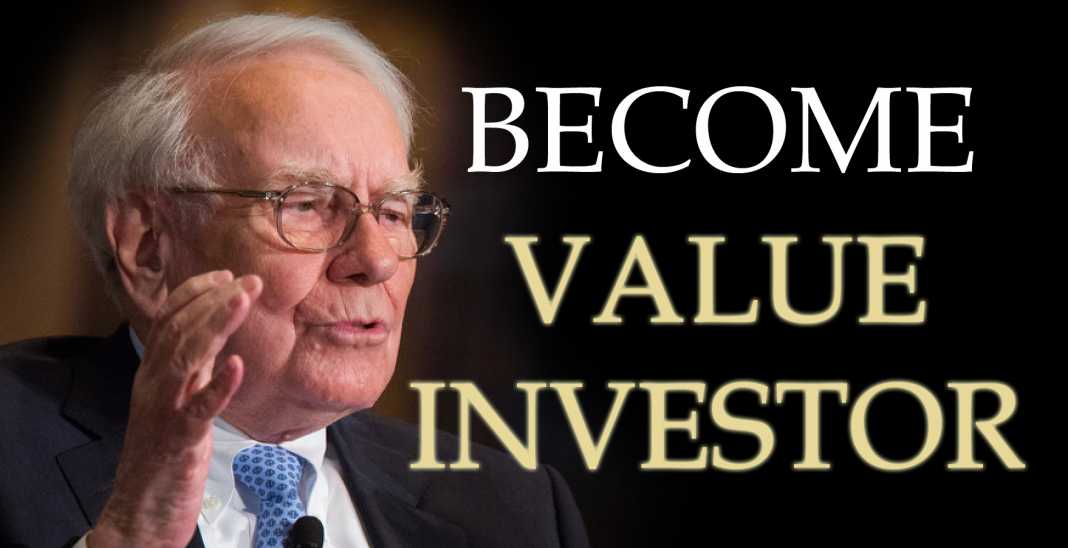The value investor looks for stocks with strong fundamentals – including earnings, dividends, book value, and cash flow – that are selling at a bargain price, given their quality. The value investor seeks companies that seem to be incorrectly valued (undervalued) by the market and therefore have the potential to increase in share price when the market corrects its error in valuation.
Value, Not Junk!
Before we get too far into the discussion of value investing, let’s get one thing straight. Value investing doesn’t mean just buying any stock that declines and therefore seems “cheap” in price. Value investors have to do their homework and be confident that they are picking a company that is cheap given its high quality.
It’s important to distinguish the difference between a value company and a company that simply has a declining price. Say for the past year Company A has been trading at about Sh. 25 per share but suddenly drops to Sh.10 per share. This does not automatically mean that the company is selling at a bargain. All we know is that the company is less expensive now than it was last year. The drop in price could be a result of the market responding to a fundamental problem in the company. To be a real bargain, this company must have fundamentals healthy enough to imply it is worth more than Sh.10 – value investing always compares current share price to intrinsic value not to historic share prices.
Value Investing at Work
One of the greatest investors of all time, Warren Buffett, has proven that value investing can work: his value strategy took the stock of Berkshire Hathaway, his holding company, from $12 a share in 1967 to $70,900 in 2002. The company beat the S&P 500’s performance by about 13.02% on average annually! Although Buffett does not strictly categorize himself as a value investor, many of his most successful investments were made on the basis of value investing principles.
Buying a Business, not a Stock
We should emphasize that the value investing mentality sees a stock as the vehicle by which a person becomes an owner of a company – to a value investor profits are made by investing in quality companies, not by trading. Because their method is about determining the worth of the underlying asset, value investors pay no mind to the external factors affecting a company, such as market volatility or day-to-day price fluctuations. These factors are not inherent to the company, and therefore are not seen to have any effect on the value of the business in the long run.
Contradictions
While the efficient market hypothesis (EMH) claims that prices are always reflecting all relevant information, and therefore are already showing the intrinsic worth of companies, value investing relies on a premise that opposes that theory. Value investors bank on the EMH being true only in some academic wonderland. They look for times of inefficiency, when the market assigns an incorrect price to a stock.
Value investors also disagree with the principle that high beta (also known as volatility, or standard deviation) necessarily translates into a risky investment. A company with an intrinsic value of $20 per share but is trading at $15 would be, as we know, an attractive investment to value investors. If the share price dropped to $10 per share, the company would experience an increase in beta, which conventionally represents an increase in risk. If, however, the value investor still maintained that the intrinsic value was $20 per share, s/he would see this declining price as an even better bargain. And the better the bargain, the lesser the risk. A high beta does not scare off value investors. As long as they are confident in their intrinsic valuation, an increase in downside volatility may be a good thing.

